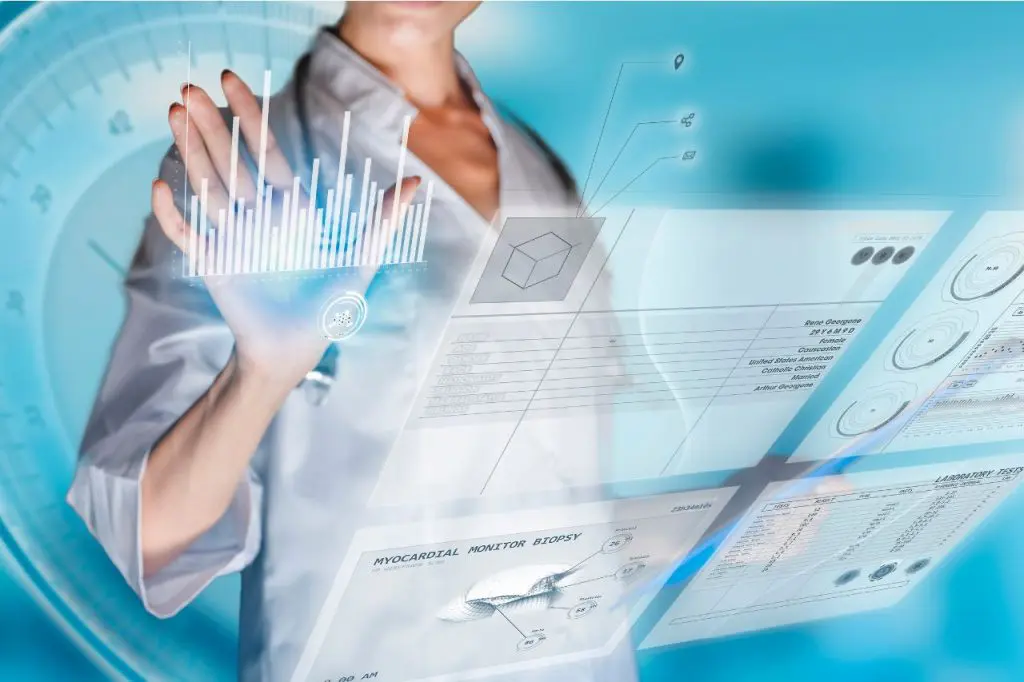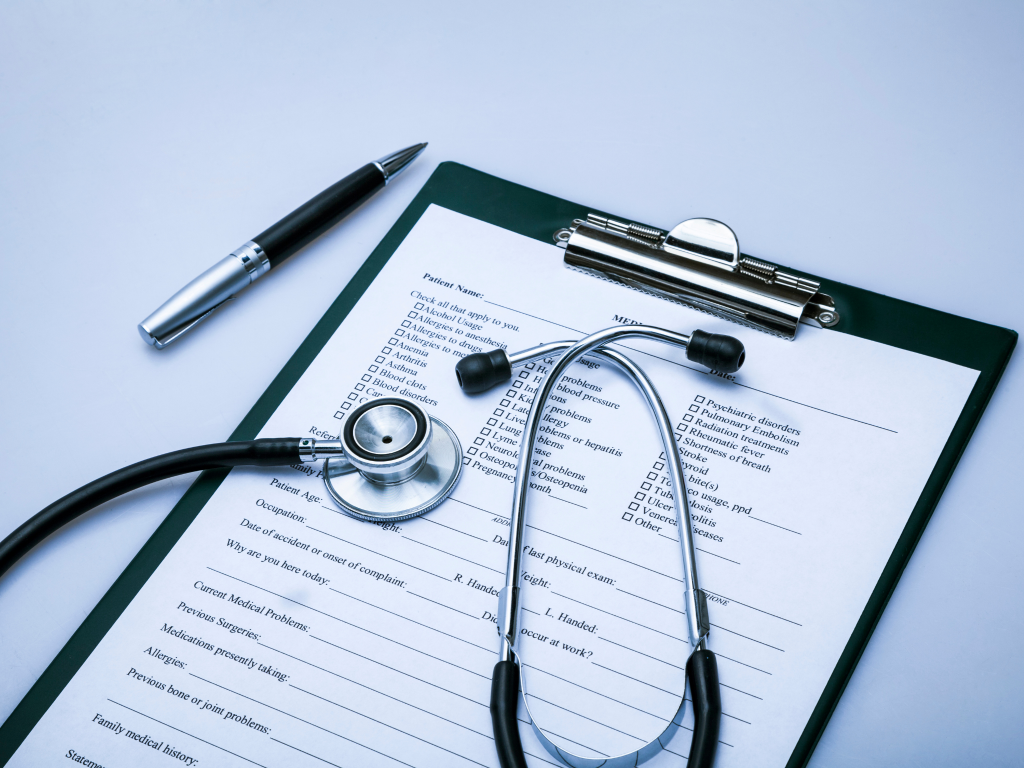The adoption of electronic health records (EHRs) has been rapidly growing in the United States over the past few years. According to the Center for Disease Control, 89.9 percent of office-based physicians rely on an EHR system.
While there are many benefits to using EHRs, what stands out is the ability to collect and track patient data more efficiently. This allows healthcare professionals to make better decisions about patient care and treatment. In this article, we will discuss how you can use EHR to streamline your patient data collection process.
What Are the Benefits of Using Electronic Health Records?
A major initiative in the US is to encourage the use of EHRs by physicians and medical staff. The goal is to improve the quality of care and reduce costs by making it easier to share information among healthcare providers.
Since these patient records are digital, you can store them on a computer or save them to the cloud. Authorized users can access them from any location provided they have a stable internet connection.
Electronic records have many advantages over paper records. They allow medical staff to:
1. Share information easily
EHR systems are designed to be interoperable, meaning they can easily send and receive data from other systems. These systems often include features that make it easy to find and share specific information with other healthcare providers.
For example, most EHR systems allow users to send information via secure email or messaging or to share information via a secure portal for HIPAA compliance. Concerned about data privacy? EHR software typically has robust security features that protect patient data from unauthorized access.
2. Access patient records remotely
This is a huge benefit for practices that have multiple locations and doctors who need to access records while away from the office. With an EHR system, all of the practice’s data is stored in a centralized database. This makes it easy to pull up records from any computer with an Internet connection.
Additionally, EHR systems typically come with mobile applications that allow users to access records on their smartphones or tablets. This is valuable during emergencies when first responders may need medical information fast.
3. Automate data entry and search
One way EHRs save time is by reducing the need to re-enter data. Previously, a doctor had to painstakingly write down all of the details on paper records after each visit. They also had to manually sign hundreds of charts and forms each day while doing rounds and consults.
With EHRs, most of this process can be automated. In addition, EHRs make it easier to find specific information using keywords or filters. It only takes seconds to search for a term and make decisions about patient care. In contrast, providers using paper-based health records have to search through numerous files to find what they are looking for.
4. Reduce errors
When providers enter data into the system, they can often do so with drop-down menus or prepopulated fields. This reduces the chances of errors due to incorrect spelling or sloppy transcription. Moreover, EHRs often have built-in checks that flag potential errors, duplicate entries, or conflicting information.
EHR systems use online forms, which are less likely to have errors as they can be filled out by patients before a visit. Physicians can autofill or prepopulate selected fields on digital forms. In addition, EHR forms can be instantly updated if changes need to be made.
5. Improve the quality of care
EHRs can help ensure that patients receive the best care for their particular condition. If a patient with diabetes is due for a blood test, the EHR system will generate a reminder for the provider. This can help ensure the patient receives the necessary care on time.
In addition, EHR systems can help providers avoid prescribing unnecessary or potentially harmful treatments. If a provider attempts to prescribe a medication that’s not on the approved list, the EHR system will alert the provider and suggest an alternative drug.
Finally, EHR systems can help providers track and measure quality indicators such as mortality rates and readmission rates. This allows providers to identify areas where care could be improved.

Why You Should Integrate Fill Into Your EHR System
The healthcare industry has long been struggling with the inefficiency of paper-based medical records and related processes. Printed patient records can be damaged, stolen, or misplaced. This not only creates a burden for staff but can also lead to errors and delays in care.
If you plan to use an EHR system, the mentioned features above are worth considering. In addition, if you want to streamline your workflow, you can even integrate online forms and esignature features. It’s not that complicated.
That’s where the Fill app comes in. The use of online forms has helped make patient data collection more accurate and efficient.
To know more about other benefits related to the use of medical documents, check out the Fill app and try it for free.




